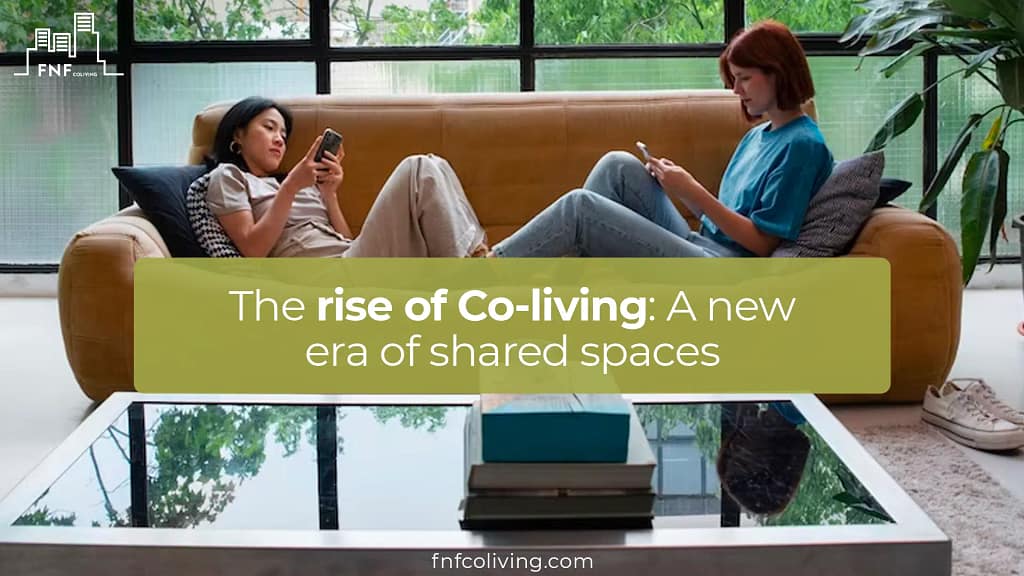
The New Era of Co-living: The Next Level of Shared Spaces
The concept of co-living has transcended its traditional boundaries, evolving into a dynamic and inclusive housing model that caters to a diverse population. As we move into 2024, several emerging trends are shaping the future of co-living, making it an attractive option for both residents and investors. Let’s explore these key trends and what they mean for the co-living landscape.
1. Diverse and Inclusive Spaces
Co-living spaces are no longer just for young professionals and students. Today, they attract a wide range of tenants, including digital nomads, retirees, and even families. This broad appeal is driven by the sense of community and the convenience that co-living offers. Residents enjoy shared amenities and communal activities that foster connections among diverse groups of people .
2. Integration with Remote Work
The rise of remote work has significantly influenced the co-living sector. Many co-living spaces now include dedicated coworking areas, providing residents with flexible and productive work environments. Cities like Lisbon have become hotspots for digital nomads, offering vibrant co-living spaces that combine affordable accommodation with state-of-the-art work facilities .
3. Sustainability
Sustainability is becoming a core focus in the co-living industry. Developers are adopting eco-friendly practices such as energy-efficient building designs, waste reduction programs, and the use of sustainable materials. These initiatives not only reduce the environmental impact but also appeal to eco-conscious residents who are looking for greener living options .
4. Repurposing Existing Buildings
An emerging trend in co-living is the repurposing of existing buildings. Offices, hotels, and other underutilized properties are being transformed into modern co-living spaces. This approach addresses the oversupply in certain real estate segments while meeting the growing demand for flexible and community-oriented living arrangements.
5. Long-term Stays
Long-term stays are becoming increasingly popular in co-living spaces. Residents are opting for extended periods, allowing them to immerse themselves in local cultures and build deeper connections within the community. This trend is particularly appealing to digital nomads and remote workers who prefer stability and a sense of belonging .
6. Design and Community Focus
Modern co-living spaces emphasize high-quality living environments with larger rooms and well-designed communal areas. The focus is on creating a vibrant community through shared events, social activities, and collaborative projects. This community-centric approach enhances the living experience and fosters a sense of belonging among residents .
Investment Opportunities
The co-living sector presents lucrative investment opportunities. With strong rental performance and increasing demand in urban areas, especially outside traditional hubs like London, investors are recognizing the potential of co-living spaces. High-quality properties in well-connected locations are particularly attractive, offering robust returns and growth prospects .
Conclusion
As we enter this new era of co-living, the sector continues to adapt and innovate, meeting the evolving needs of modern urban residents. The focus on diversity, sustainability, and community, combined with the integration of remote work and long-term stays, positions co-living as a pivotal solution for the future of urban living. For investors and residents alike, the next level of shared spaces promises a vibrant, connected, and sustainable living experience.
By embracing these trends, co-living spaces are set to redefine urban living, offering a compelling alternative to traditional housing models and fostering a sense of community and belonging in our increasingly digital and interconnected world.
